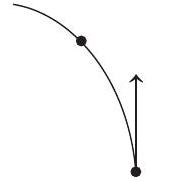Magnetics 1 Question 22
22.
(a)
(b)
(c)
(d) all will be deflected equally
Show Answer
Answer:
Correct Answer: 22. (a, c)
Solution:

If
Therefore,






